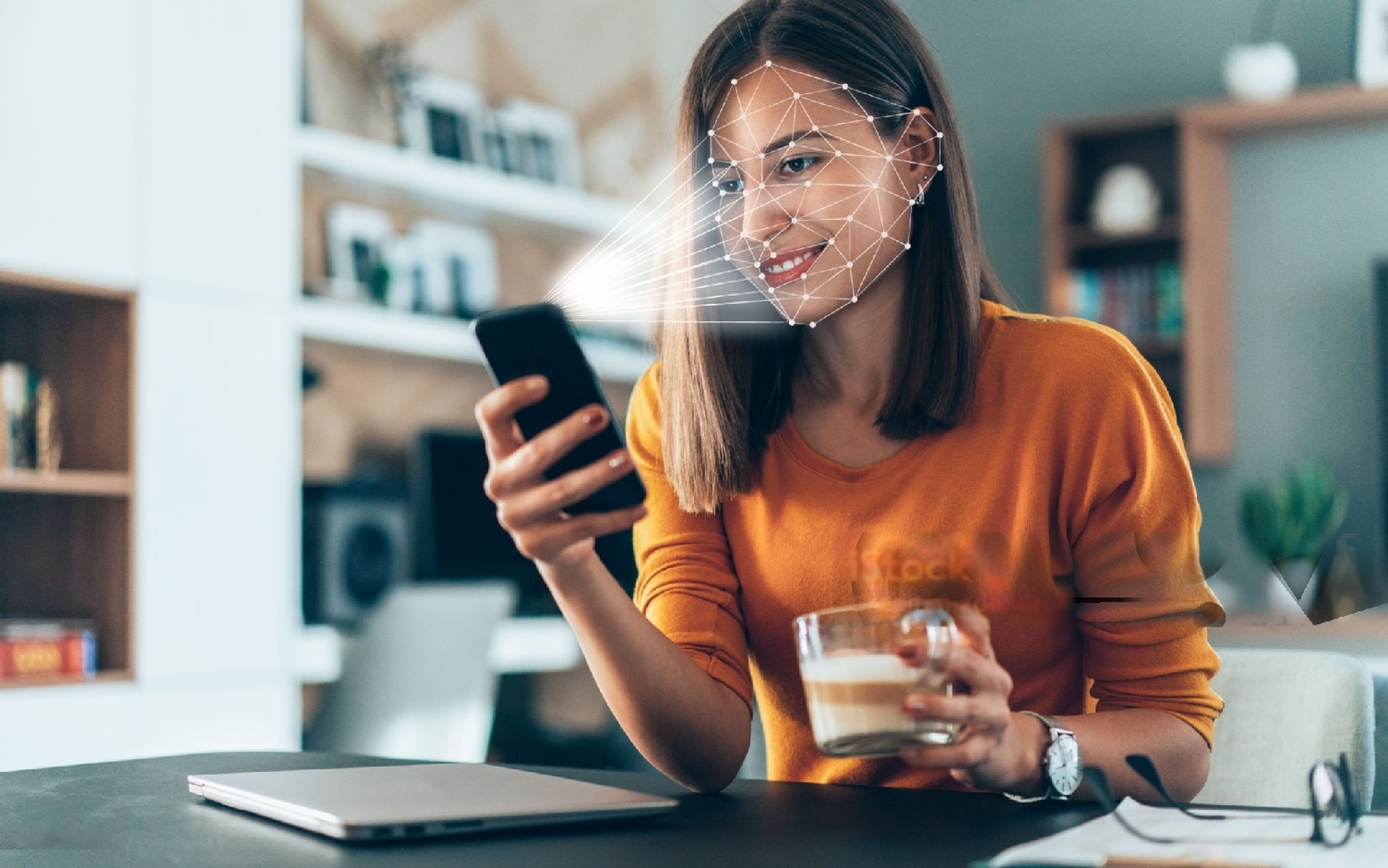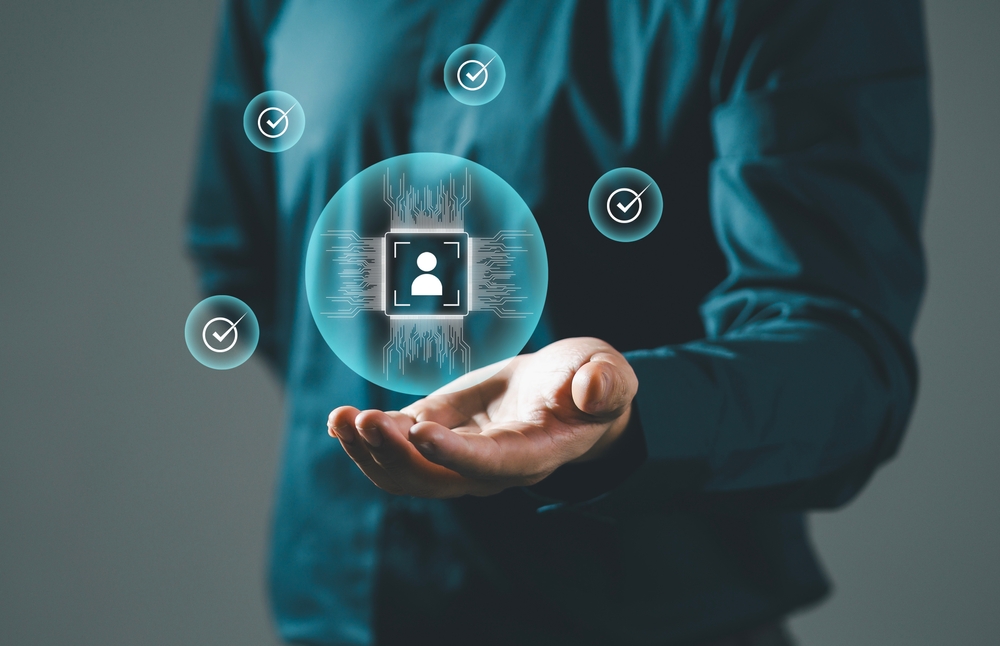Identity verification is a crucial process that confirms a person’s identity, particularly during financial transactions such as opening a bank account or applying for a loan. This process not only combats new account fraud but also plays a significant role in Know Your Customer (KYC) and anti-money laundering (AML) initiatives, helping financial institutions assess and monitor customer risk effectively.
ID Document Verification: Uses AI to check if documents are real in real-time.
Biometric Verification: Compares a selfie with the photo on an ID.
Liveness Detection: Ensures a live person by requiring specific movements.
Knowledge-Based Authentication (KBA): Asks questions based on personal information.
One-Time Passcode (OTP) Verification: Sends a single-use code via SMS or email for verification.
Trusted Identity Network: Uses verified credentials from another provider.
Database Methods: Cross-checks data from various sources to verify information.
The Process of ID Document Verification
ID document verification is vital for processes such as opening a bank account or entering a financial agreement. This method involves capturing, extracting, and analyzing data from identity documents to authenticate them. The technology can discern between genuine and fraudulent documents in real-time using features like:
– Visible Security Features Detection of embedded features such as watermarks or holograms.
– Font Usage and Consistency Analysis of fonts used in the document to ensure they match standard templates.
– Rounded Corner Detection Verification that the document’s corners align with template specifications.
Benefits of ID Document Verification
Automated ID document verification offers several advantages:
Speed – Processes are completed in seconds, enhancing customer experience.
Fraud Prevention – By authenticating documents digitally, the technology helps protect against fraud.
Convenience – Both in-branch and remote verifications are possible, catering to modern customer expectations.
Utilizing Facial Biometrics for Identity Verification
Facial biometrics involve extracting unique data points from facial features and comparing them with pre-verified images. This method is particularly useful for verifying that the person presenting an ID is the same as the one in the verified document. Facial biometrics also distinguish between facial recognition (identifying individuals within a database) and facial comparison (verifying the match between two images).
Advantages of Biometric Verification
– Enhanced Security: Provides an additional layer of security by confirming that the person presenting the ID matches the individual on the document.
– Spoofing Prevention: Liveness detection techniques ensure that the biometric data is being provided by a live person, not a fraudulent representation.
How Liveness Detection Works
Liveness detection is crucial in facial biometric verification, distinguishing between live individuals and static images. Methods range from simple head movements to advanced techniques like 3D recognition and thermal imaging, ensuring the person is genuinely present.
Fighting Application Fraud
Financial institutions use digital identity verification to combat application fraud. By validating a user’s identity in real-time, they can ensure that the person applying for a new account is legitimate. This process involves:
1. **Document Verification**: Confirming the authenticity of an ID document.
2. **Selfie Capture**: Asking the applicant to take a selfie.
3. **Facial Comparison**: Comparing the selfie with the image on the verified ID document.
Automated Passport Control with Facial Biometrics
Facial biometrics are also used in automated passport control (e-gates). Here’s how it works:
1. Passport Authentication: The user presents their passport for verification.
2. Image Extraction: An image of the user’s photograph is extracted from the passport.
3. Real-Time Photo Capture: The automated gate takes a photo of the user.
4. Facial Comparison: The real-time photo is compared with the extracted image. If they match, the user is allowed through.
Benefits of Digital Identity Verification
Digital identity verification offers numerous benefits:
– **Improved User Experience**: A fully digital process enhances user satisfaction and can drive growth in digital channels.
– **Fraud Reduction**: Helps financial institutions reduce fraud when onboarding new, remote customers.
– **Compliance**: Assists in meeting KYC requirements by verifying user identities.
– **Speed and Accessibility**: Mobile image capture and quick document verification make the process accessible and efficient for all users.
Regulatory Standards
Identity verification solutions must comply with various regulations worldwide. In the EU, AML5 and eIDAS provide guidelines for digital ID verification and anti-money laundering efforts. In the US, the Customer Identification Program (CIP) under the Patriot Act requires financial institutions to verify customer identities before entering into a banking relationship.
Future of Identity Verification
Trust is paramount for organizations, and inadequate identity verification services can erode consumer confidence. To combat this, multi-layered identity and risk-based analytics, powered by machine learning, are essential. These solutions can differentiate between legitimate customers and fraudsters, protecting against financial crimes from account origination to ongoing transactions.



